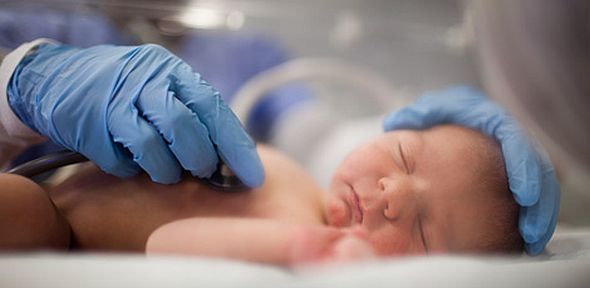
The goal of this project is to remove as many wires as possible from newborn babies in intensive care. This will be achieved by developing a platform which provides the same visual output as current sensors, but using a wireless transceiver to communicate the data. There are no devices currently in regular use which perform this same function. Further research will be conducted to analyse and investigate clinical uses of the raw, continuous data.
The primary academic significance of a wireless neonatal monitoring platform is the integration of the sensing data. Research into multi-parameter analysis, for instance for an alarm system, or for a more intelligent means of diagnosis, is in its infancy and would greatly benefit from a fully integrated platform such as this. Development of new neonatal sensors, for instance continuous glucose monitoring or continuous blood gas sensors, will benefit from having a fully developed platform into which the new sensors can be integrated.
The system will help to improve parent-baby bonding, especially by removing barriers to skin-on-skin contact (kangaroo care). Many previous studies have reported the physical and psychological benefits of such care, and better health outcomes have been demonstrated in preterm neonatal populations.
The research uses user-centred design techniques to assist in the development of a system which will meet the needs of the people who actually interact with it. This will be achieved through the use of qualitative research methods throughout the design process. Furthermore, cutting edge low power technologies and techniques will be used to meet the extreme requirements of the system.
The project is a collaboration between Addenbrooke's Hospital Trust and the Department of Engineering.



